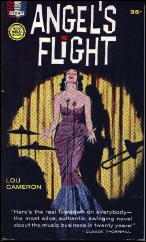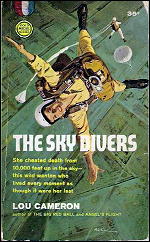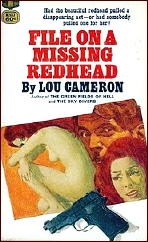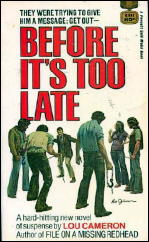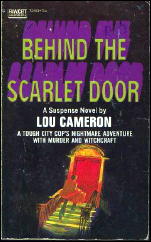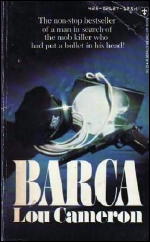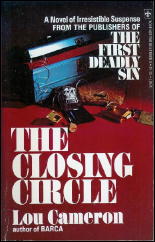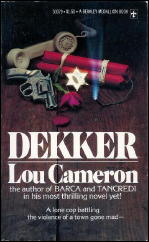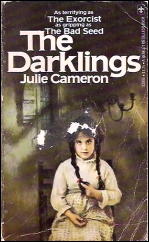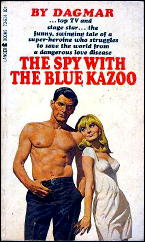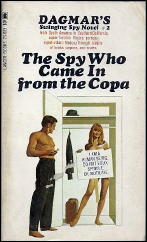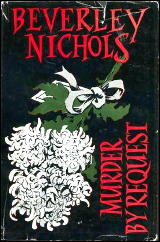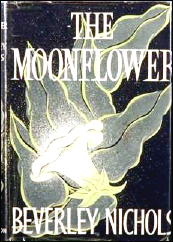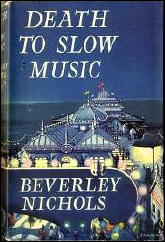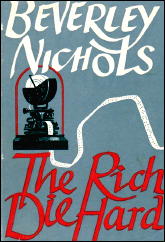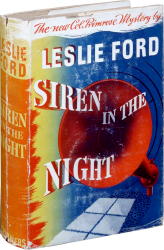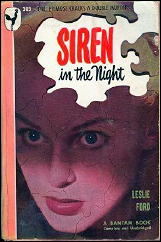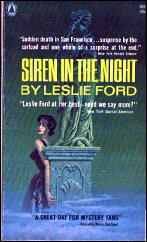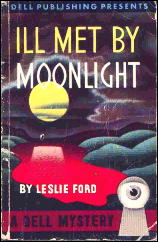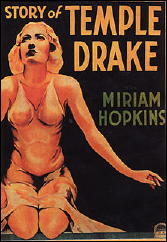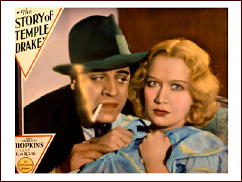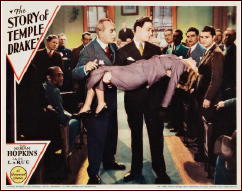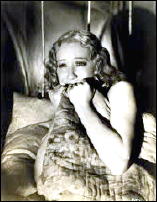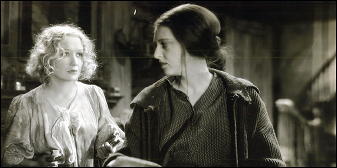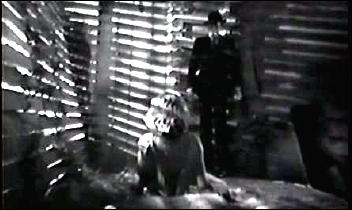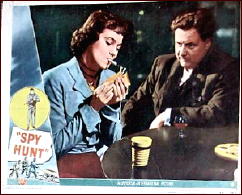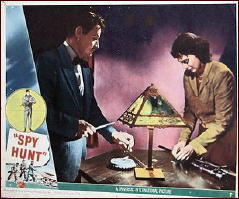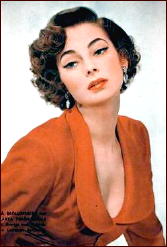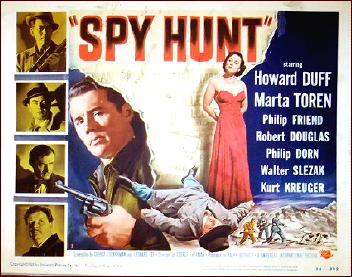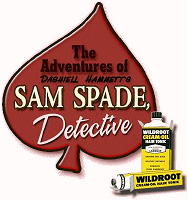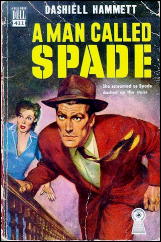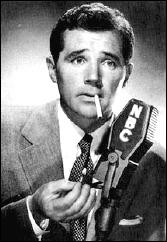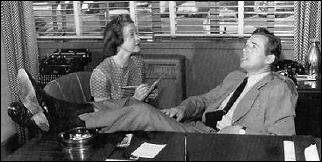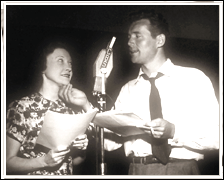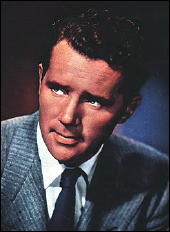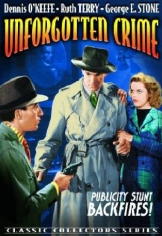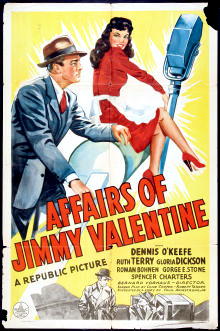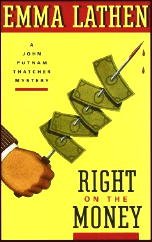Thu 3 Mar 2011
Deaths Noted: EDWARD WELLEN and BARBARA WHITEHEAD.
Posted by Steve under Authors , Bibliographies, Lists & Checklists , Crime Fiction IV , Obituaries / Deaths Noted[5] Comments
â— Reported first by Jiro Kimura on his Gumshoe website, mystery and SF writer Edward Wellen died on January 15, 2011. Noted primarily for his short fiction, Mr. Wellen wrote two crime novels included in the Revised Crime Fiction IV, by Allen J. Hubin, and one collection of criminous short stories:
EDWARD (Paul) WELLEN 1919-2011.
Hijack. Beagle, pb, 1971.
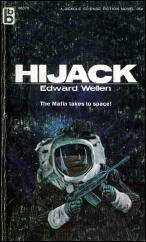
An Hour to Kill. St. Martin’s, hc, 1993.
Perps. Five Star, ss collection, hc, 2001.
Hijack was a science fiction novel with a considerable crime component; the blurb on the front cover says “The Mafia takes to space!” A shorter version was published earlier in Venture SF (May 1970).
A list of Wellen’s short SF can be found here on ISFDB, while some of his short work in the mystery (and western) field can be found here in The FictionMags Index.
The earliest story there is “Enough Rope,” 2-Gun Western, August 1953, which is enough to qualify him as a pulp fiction writer, a category whose number is sadly decreasing every month.
â— The death of author Barbara Whitehead was reported first by UK mystery writer Martin Edwards on his blog, Do You Write Under Your Own Name?
Martin says in part: “Barbara came to crime fiction late after writing historical romances and non-fiction. Her first crime novel, Playing God, had an interesting background of the York mystery plays. It became the opening entry in her “York cycle of mysteries”, which eventually ran to eight titles spanning a decade of publication. Her main character was Detective Superintendent Bob Southwell and she was especially good at evoking the atmosphere of York Minster and the wonderful old city around it.”
BARBARA (Maude) WHITEHEAD. 1930-2011. Series character Inspector Robert Southwell in all titles:
Playing God (n.) Quartet 1988; St. Martin’s, 1989.
The Girl with Red Suspenders (n.) Constable 1990; St. Martin’s, 1990.
The Dean It Was That Died (n.) Constable 1991; St. Martin’s, 1991.
Sweet Death, Come Softly (n.) Constable 1992; St. Martin’s, 1993.
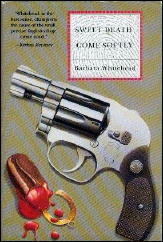
The Killings at Barley Hall (n.) Constable 1995.
Secrets of the Dead (n.) Constable 1996.
Death at the Dutch House (n.) Constable 1997.
Dolls Don’t Choose (n.) Constable 1998.
The last four books have never been published in the US. For more information about her life and career, her webpage http://www.barbarawhitehead.com/ is still online.
